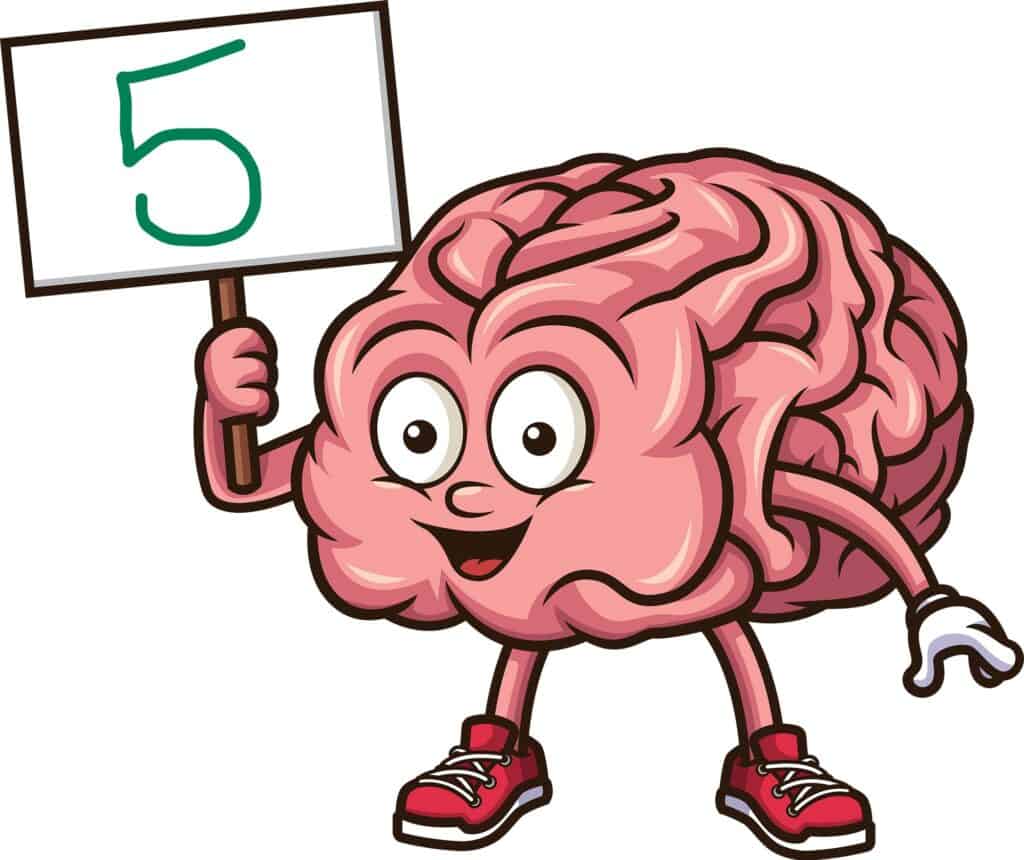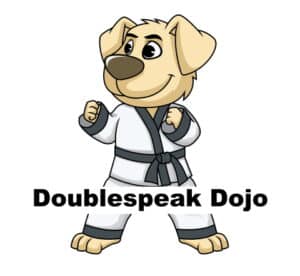
Fundamentally, language acquisition occurs in two ways and under two different situations. Young children learn a language (or languages) from birth through a subconscious process. Adults, on the other hand, acquire a second or other language through direct instruction and active learning.
Acquiring language the way children do is a natural process. Natural language acquisition in young children is primarily due to their exposure to language from an early age. During those developmental stages children who are immersed in language develop skills earlier and communicate better.
Though there are differences in learning a language and acquiring one, there is also much overlap. If we take a dedicated approach, we can tap into how we learn in different stages in our lives and apply the lessons to our specific situation. Read on to find out how you can unlock the process of learning and acquiring language in your brain.
To learn more about the differences in learning vs acquiring a language, see my article here.
Contents
- 1 It All Starts in the Brain
- 2 Where it Happens – The Terrain of the Brain
- 3 Language as a Product of Environment – What a Child Hears is What they Learn
- 4 Learning the Non-Verbal Parts of Language – The Nuances Count
- 5 It All Comes Naturally – The Things We Do with Babies
- 6 The Final Talking Point on How Language Learning is a Natural Process
It All Starts in the Brain

Babies enter this world with a brain wired for learning at an accelerated pace. Those billions of neurons come ready to make the connections that will become all the skills and understanding that makes life possible, including language. Children’s brains change as they age physically. (Source: Harvard University)
- Birth – A newborn baby can recognize the pace and rhythm of speech. Many newborns can also respond to much of the non-verbal communication we include in our speech, such as
- Stress
- Pacing
- Pitch
- Intensity
- 4 to 6 months – By four months, most children recognize and distinguish language from other sounds. Most 4-month-olds will respond differently to a spoken word instead of a clap or other noise in the environment. At six months, babies are cooing and babbling. A baby’s brain is beginning to learn the sounds and structures of the language.
- 8 to 12 months – Sound recognition at eight months includes distinguishing word and sound groups. These young brains are beginning to associate sound groups with experiences and objects in their environment. Actual language reaches a threshold at approximately 12 months when meaning and sound groups become associated.
- 18 to 24 months – In this age range, children begin to learn and use the structure of language. The use of pronouns is one of the first structural rules that children at 18 months begin to exhibit. By 24 months, most children have learned most of the grammatical rules of the language or languages they hear every day.
- 3 to 10 years – Language acquisition continues through these years. More sophisticated use of structures and variations begin to show up in the child’s language. Most of the vocabulary that children will use throughout the rest of their lives is acquired during this period.
- Beyond 10 years – Physical changes mainly due to hormonal influences begin to make changes in the brain’s physical structures. These changes make language learning more difficult during the ensuing years and require a different language learning approach.
Where it Happens – The Terrain of the Brain
The brain is complex and not a well-understood part of our anatomy. The brains of young children are physiologically complete at birth. The complex system of interconnections between the neurons is more plastic than those of a much older individual. This plasticity allows learning at a much greater rate in the first few years of life. (Source: Journal of the Canadian Academy of Child and Adolescent Psychiatry)
Neurologically, the entire brain is involved in language acquisition, learning, and processing. In general, five areas of the brain collaborate to learn and process language.

- Broca’s area in the left frontal cortex manages word production. This portion of the brain is where patterns in vocal language are created. (Source: Brittanica)
- The Wernicke area functions to recognize words and serves as the comprehension part of the language process.
- The assembly of information and the understanding and concepts of language happens in the Angular Gyrus.
- Supramarginal Gyrus manages language perception and processing.
- Hearing is a huge part of language. The Primary Auditory Cortex is central to this process. Here sounds are received, processed, and memorized before making a response.
The difference in the natural process of language acquisition and language learning is the developmental period. In newborns, the brain is relatively unwired and ready to be trained in language. Later in life, the brain is less plastic and much harder to add the necessary changes and connections to add the language to the neurological processes.
As adults try to learn a second or other language they hit roadblocks because they aren’t using a natural process.
Language as a Product of Environment – What a Child Hears is What they Learn
Parents of newborn children don’t begin language classes for their children. We don’t sit down with a pre-conceived plan to teach our children to speak. Children learn language from an immersion experience. The deeper the immersion in the language, the more rapid and extensive the learning.
It helps that a newborn’s brain is primed and ready to learn. Some researchers believe that this process of language acquisition begins before birth. (Source: University of Washington) Sounds transmitted into the womb initiate learning before the baby sees the world for the first time. Parents “teach” their children a native language with every interaction.
- Reading to young children is one of the best ways for children to acquire language. (Source: Cornell University) We have two great books, both available on Amazon, for kids: Fun Jokes for Kids coloring book is packed with jokes kids love and Jump to Japan is a vibrant picture book that engages kids by solving a puzzle in the context of Japanese culture.
- Engage with your children verbally and physically. Conversing with even young children is part of the process required to wire a baby’s brain for language.
- Use association and motion when talking to your baby. Repetitive actions and sounds are the basis of immersive learning.
- Be positive. Don’t chide or scold older children for mistakes. Mistakes are part of the process and show that the child is experimenting with new concepts and ideas.
- Encourage relatives who are bilingual or have a different first language to talk to your baby in that second language. Young children are adept at acquiring a second language as they learn their native language. (Source: American Association for the Advancement of Science)
Learning the Non-Verbal Parts of Language – The Nuances Count
One of the distinguishing features of the natural process of learning language instead of the direct instruction method is acquiring the subtle yet important nuances conveyed within language. Even young children begin to pick up on these subtle, unspoken parts of language. These non-verbal nuances are the hardest parts of learning a second language later in life.
The way we use language, the position of words, the tones, and inflections used in a sentence can convey as much information as the words we use. Consider these examples:
- I like the red balloon = It is me, not Bill, who likes the red balloon.
- I like the red balloon = Yes! I really like the red balloon.
- I like the red balloon = It isn’t the blue balloon that I like.
- I like the red balloon = I like the balloon, not the fuzzy teddy bear.

Learning these sorts of interpretive nuances begins to occur early in the immersive language system. Learning language through direct teaching of syntactic and structural rules can’t capture these much less easily defined language rules. (Source: The National Academies of Science, Engineering, and Medicine)
However, the immersion you use in learning a second or other language the better you will get with these cultural nuances and nonverbal cues for communication. Even if you aren’t able to live in a country where your target language is spoken, you can still manage to immerse yourself in other ways.
Creating a natural experience for second or other language acquisition for a child or an adult can be done, as long as you are willing to think out of the box!
Through conversations with native speakers, shopping at ethnic/diverse stores, changing your phone to the target language, only using media in the target language, and taking trips to countries speaking the second or other language are all ways to provide yourself and/or your children with an immersion environment.
It All Comes Naturally – The Things We Do with Babies
It seems as if we as parents come wired to teach our children language as part of our like our children come wired to learn. Many of the things we do with our newborns encourage language acquisition.
- We talk differently to babies than we do to adults. This natural tendency helps the baby begin to recognize signs, groups, and inflections. (Source: University of Washington)
- Talking slower to babies helps the young brain to interpret the sounds and the associated meanings.
- The pitch of our voices changes upward. Higher pitched sounds are tuned more for a baby’s hearing.
- A tendency to exaggerate accents and sounds helps the baby’s brain learn the nuances of pitch, tone, and inflection.
- Repetition becomes the norm. The young brain learns quickly through repetition.

The Final Talking Point on How Language Learning is a Natural Process
In the end, the natural process of language learning comes easily to most parents. Baby’s come with brains wired to learn. With more exposure to a rich and varied language experience, more learning is possible.
The natural language learning process is immersive. Your baby learns what it hears. Keep that in mind as you interact with your children. As well, as you try to learn a second or other language as an adult keeping the process as natural as possible is most successful!
Additional Sources
https://tessais.org/the-process-of-language-learning-in-children/
http://utesinternationallounge.com/language-acquisition-versus-language-learning/
